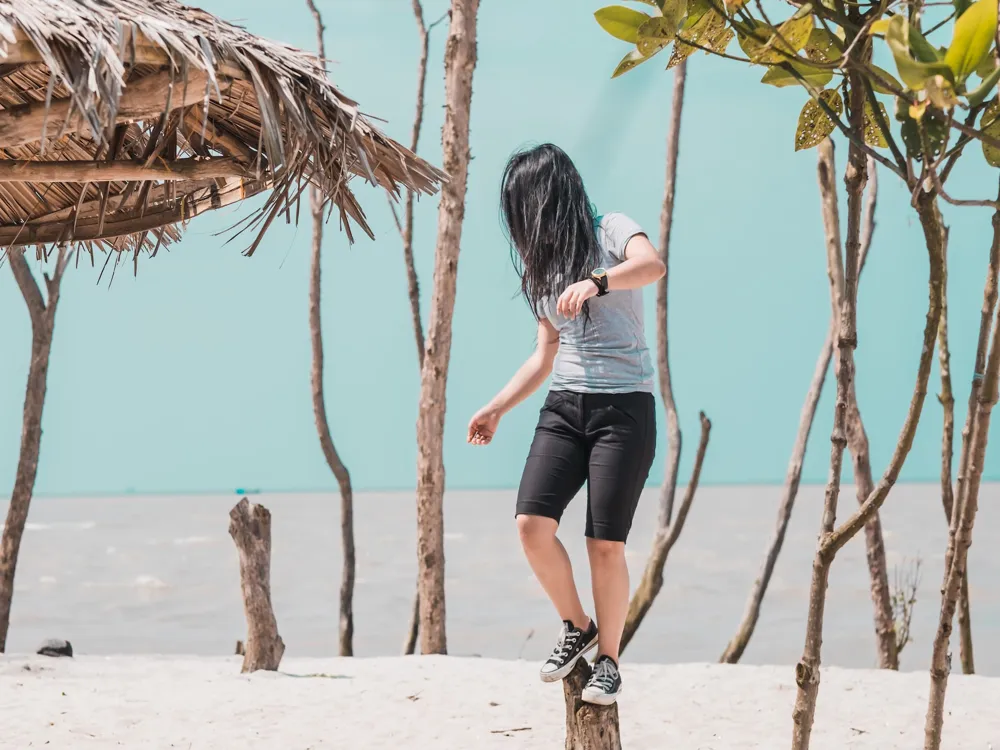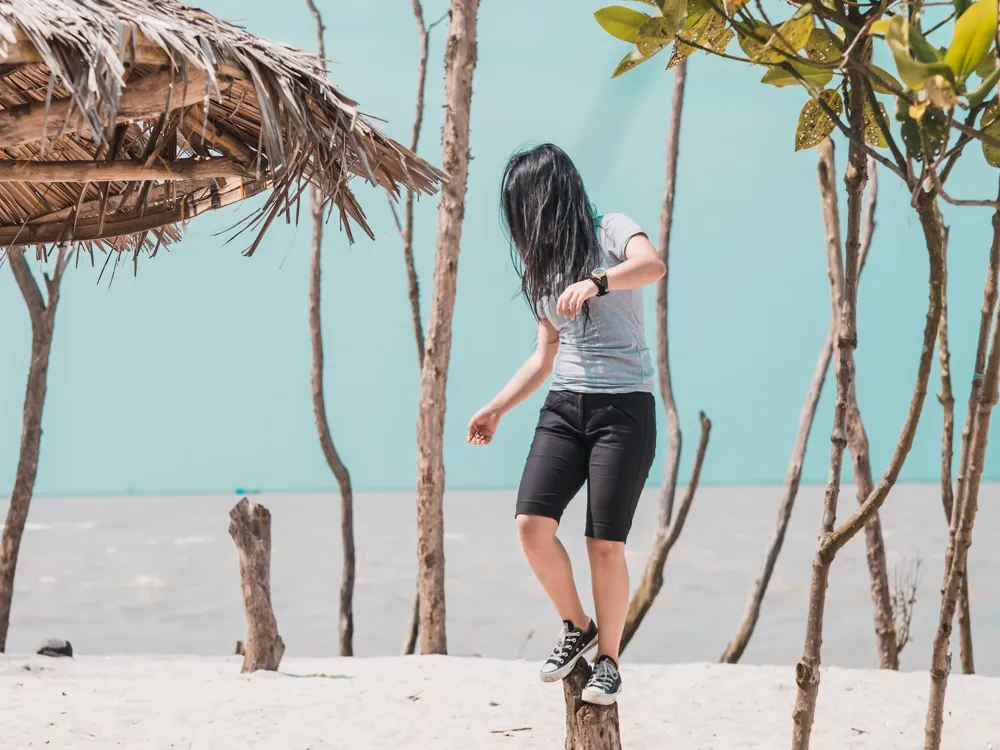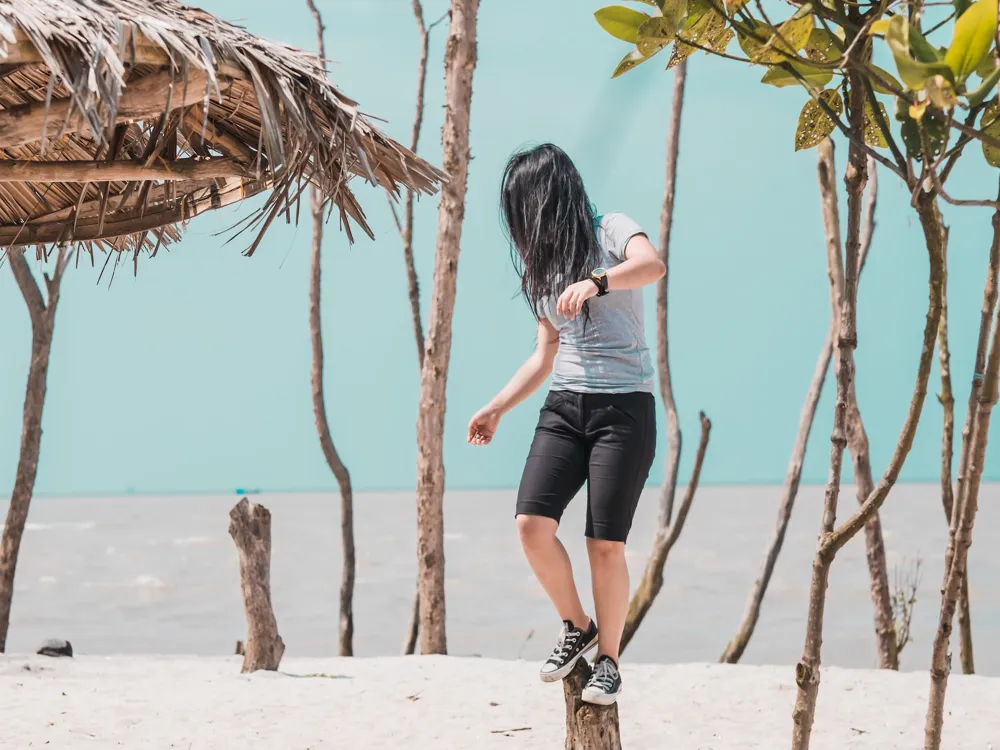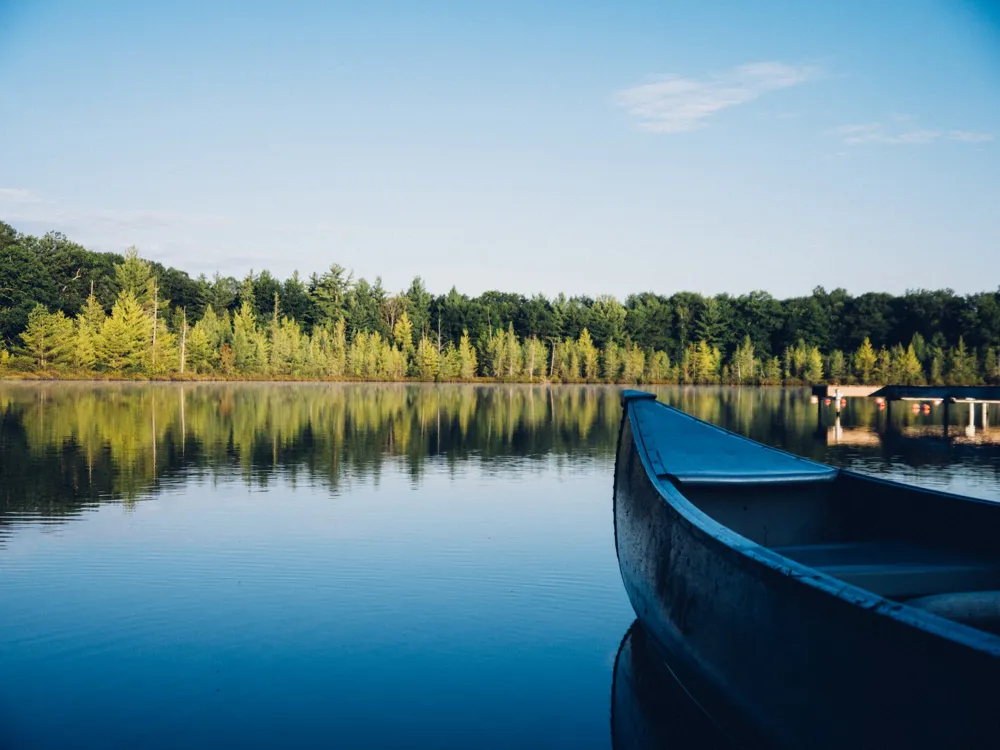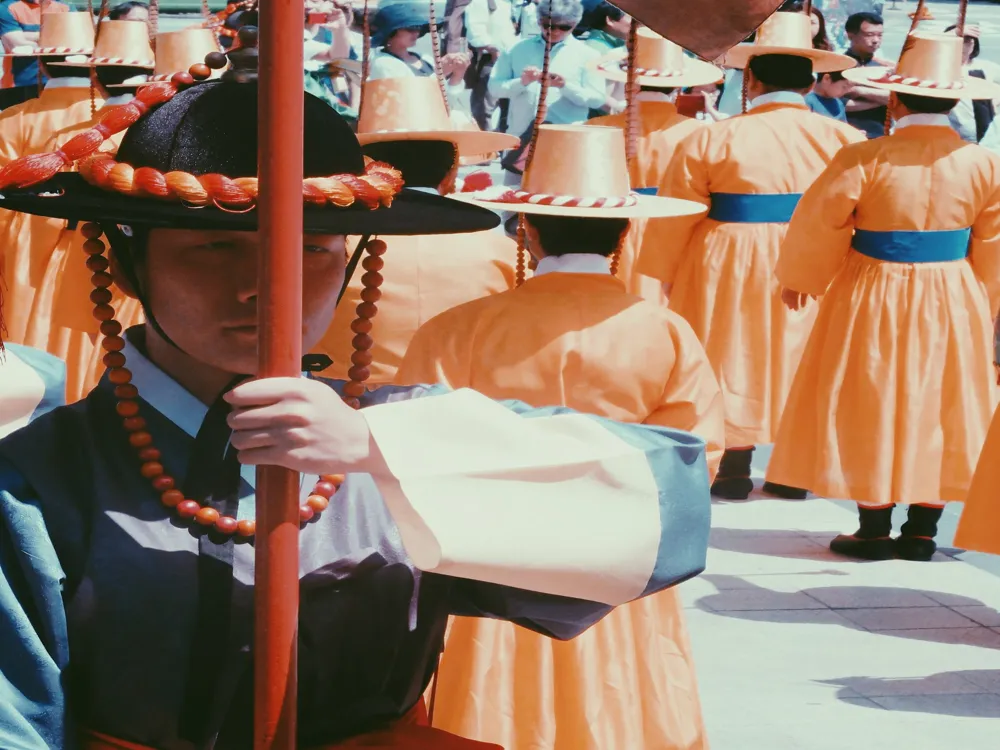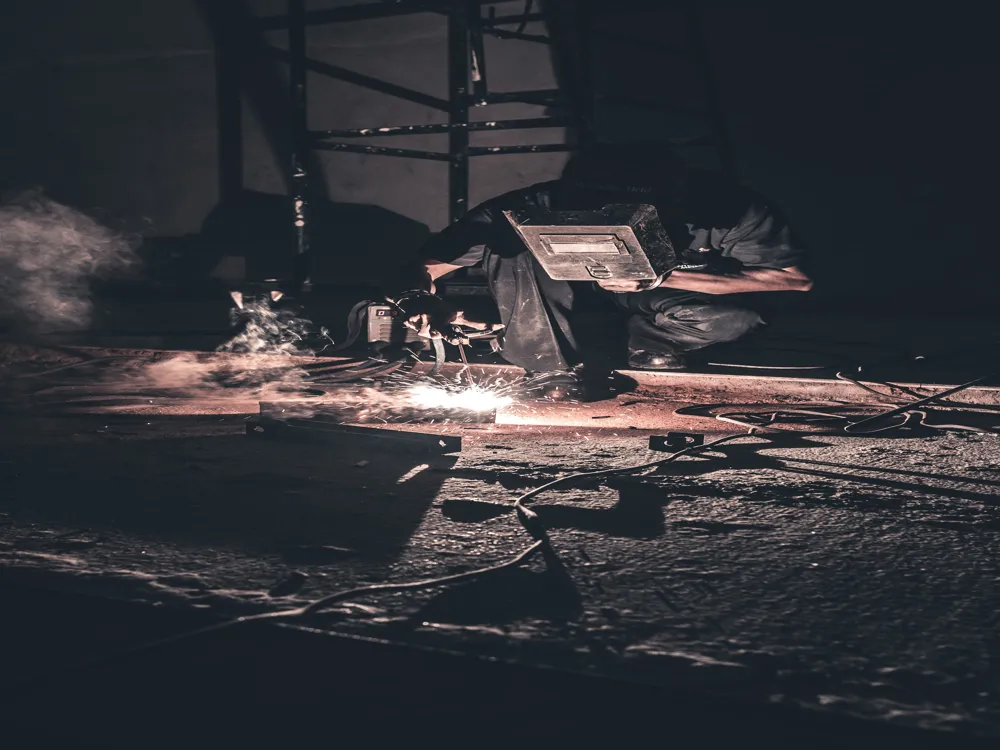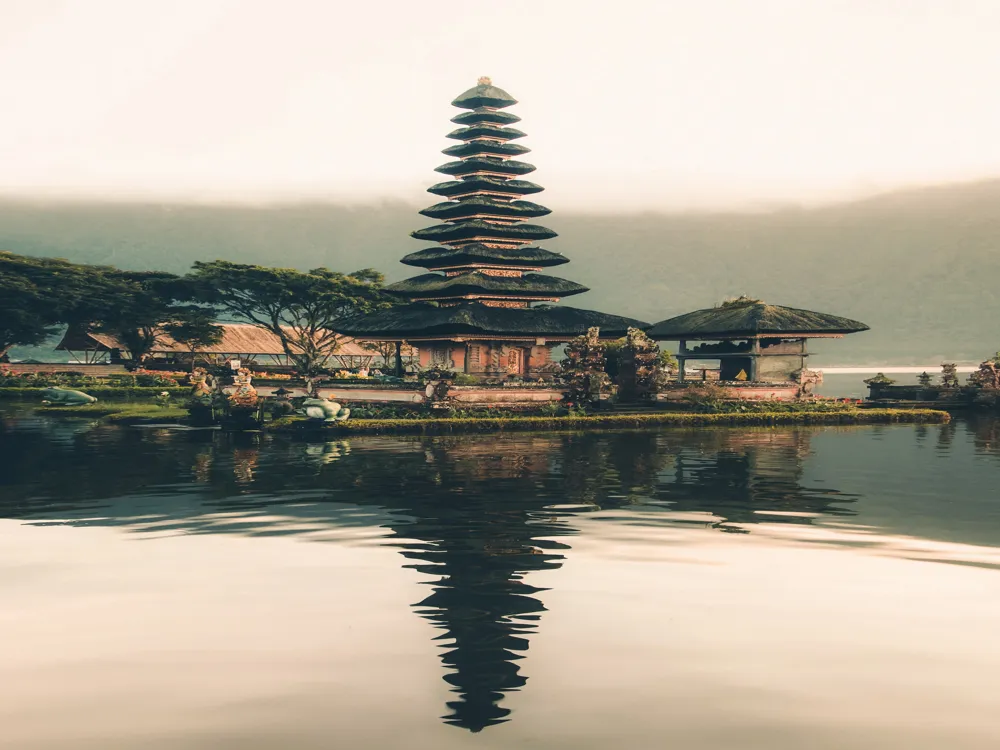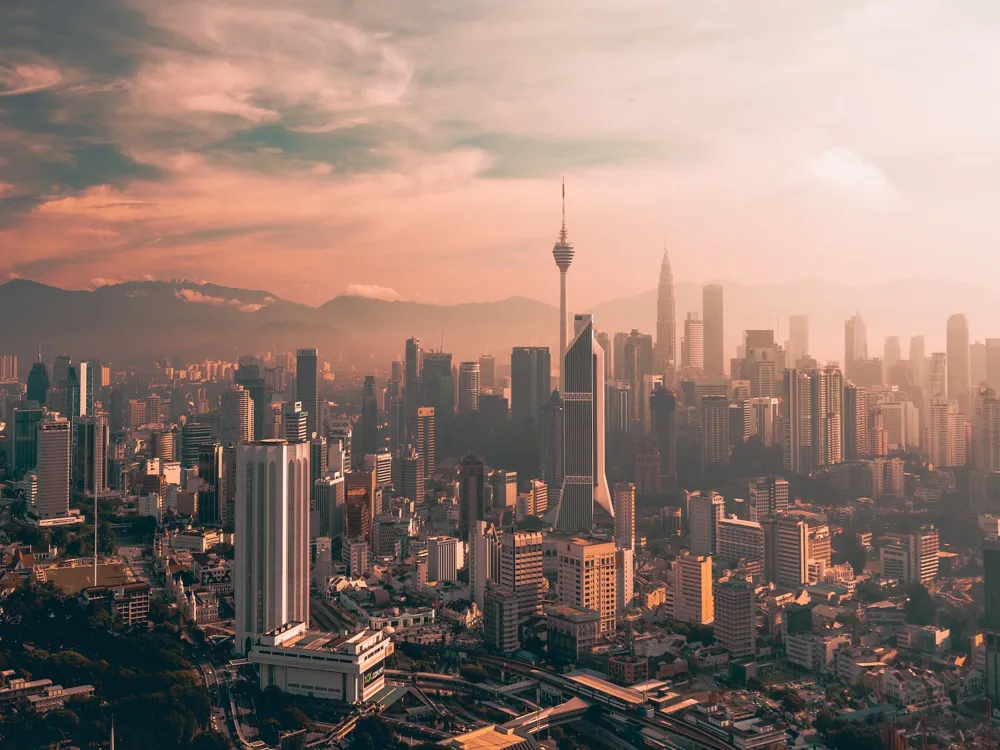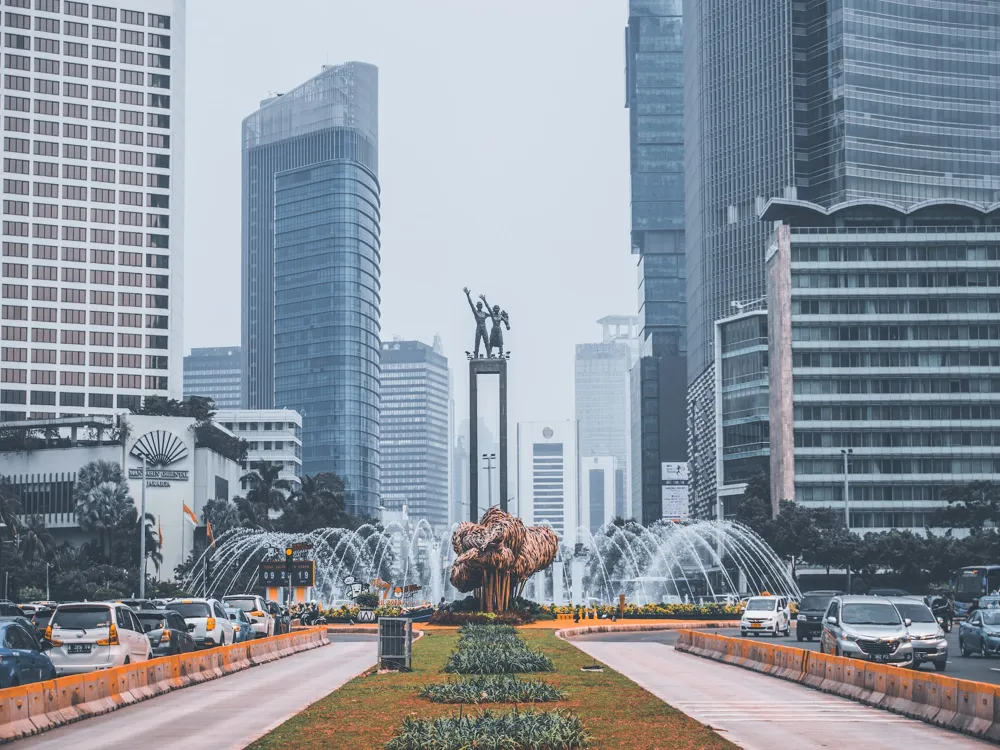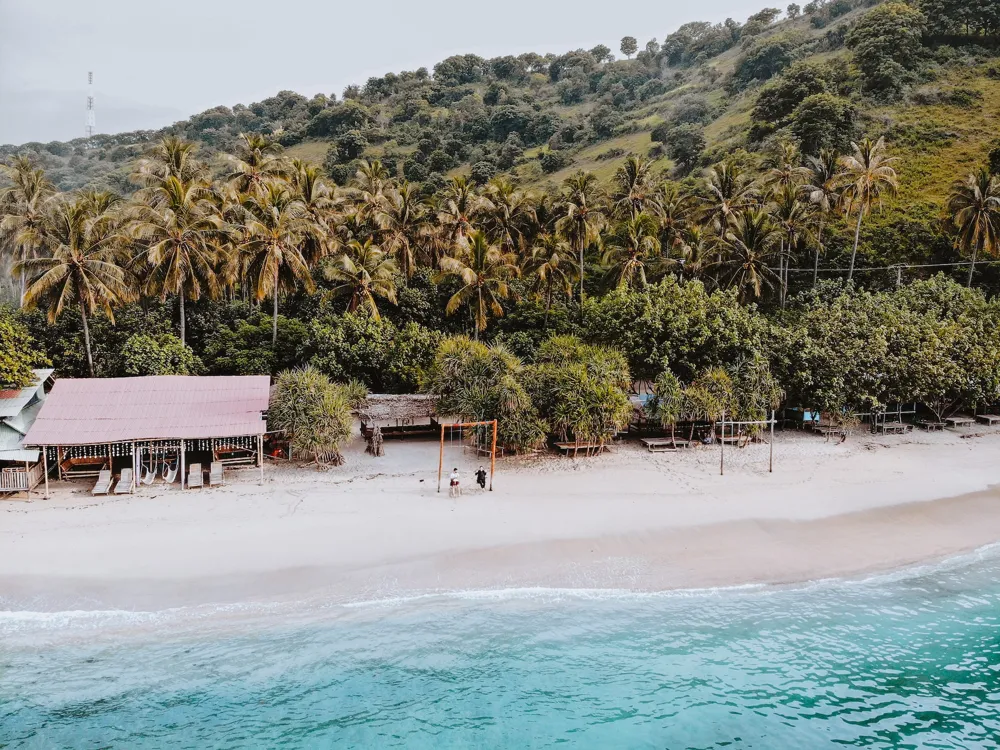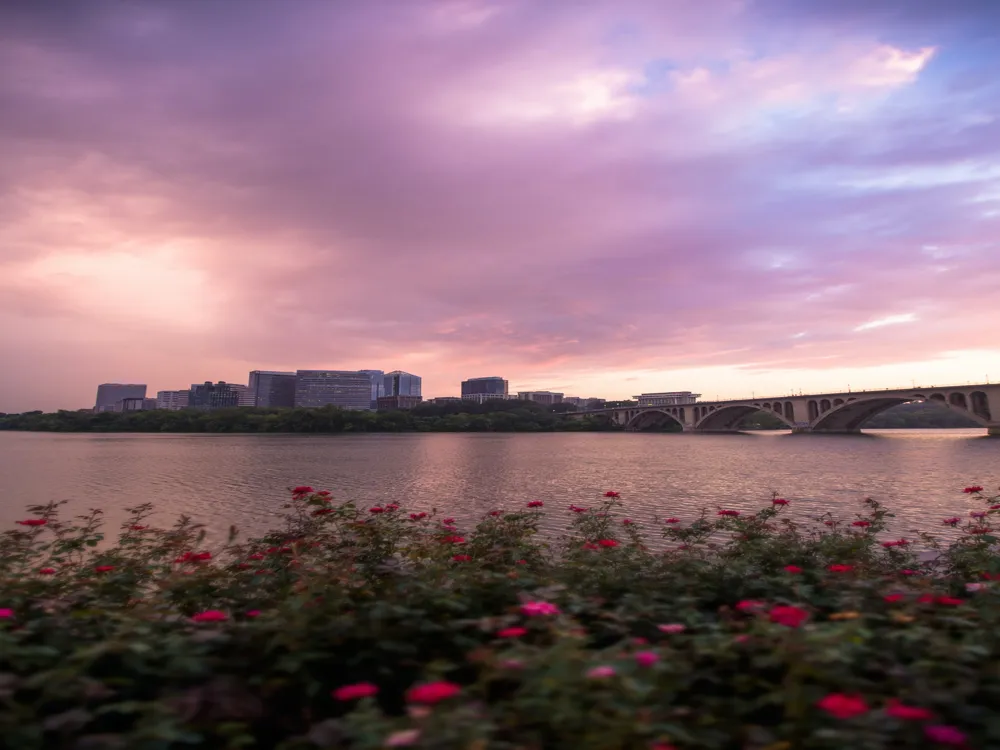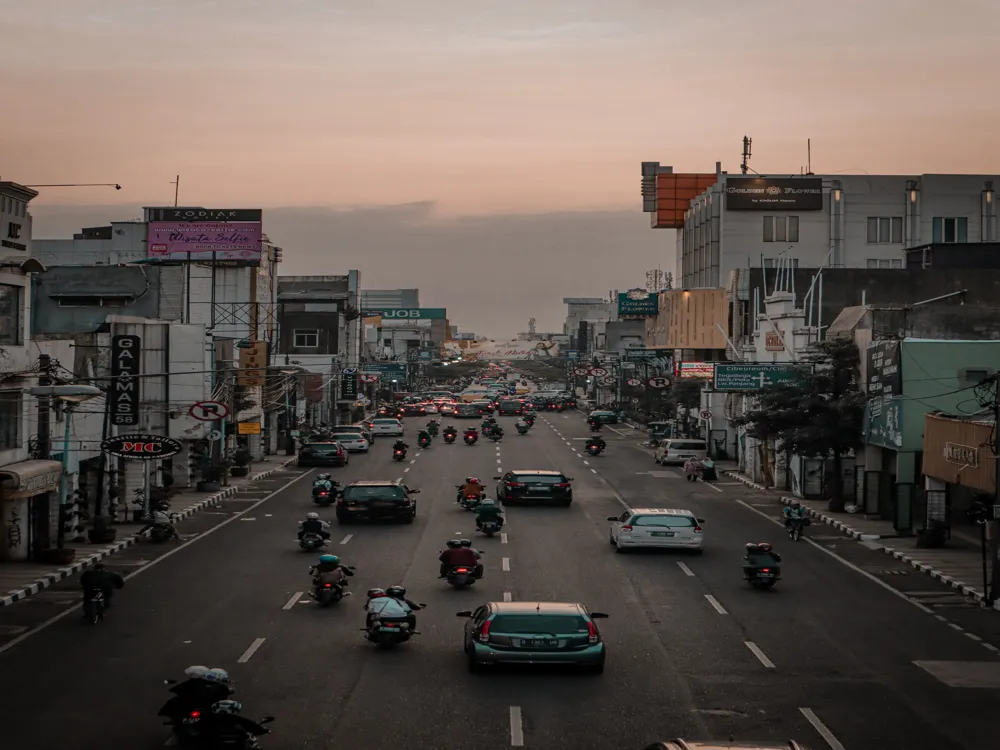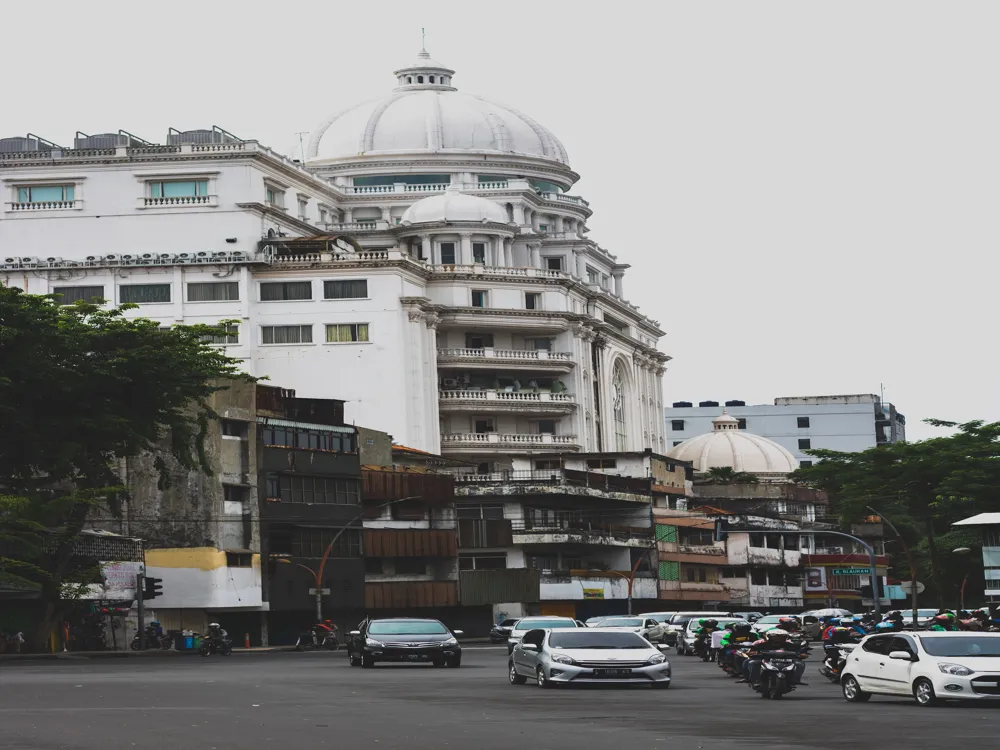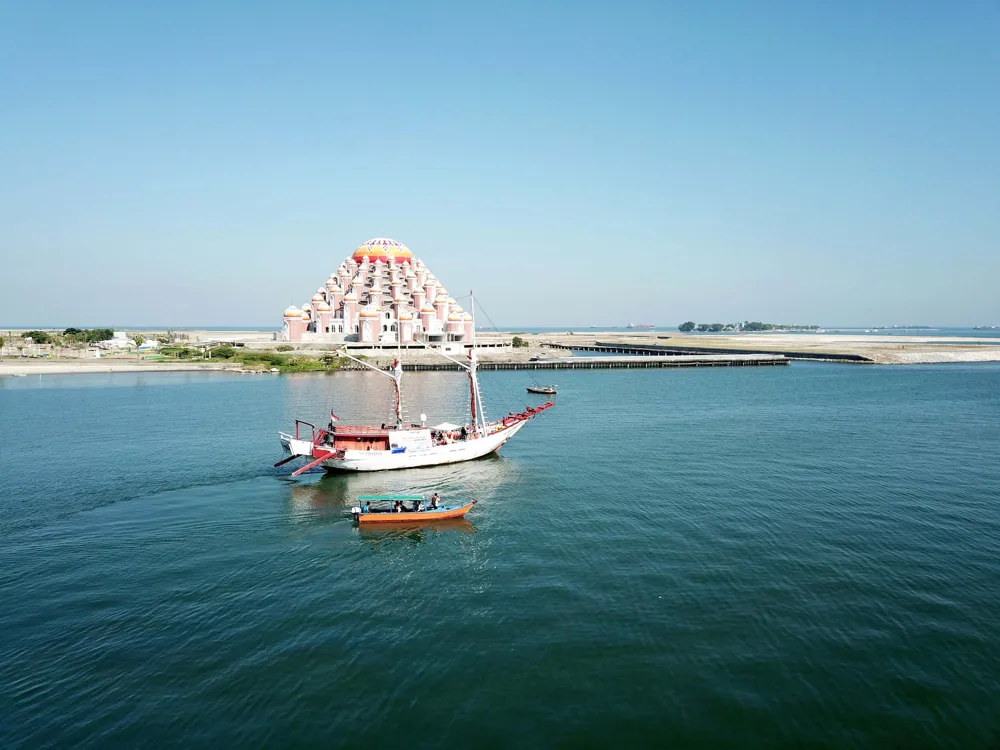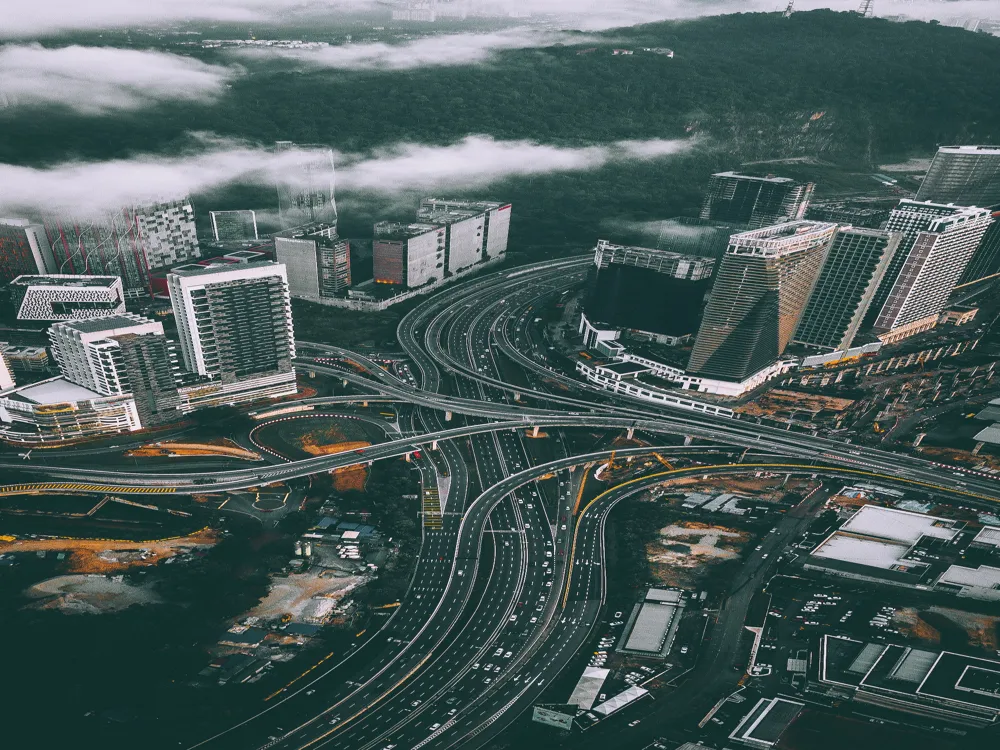Lake Toba, a spectacular natural wonder located in the heart of Sumatra, Indonesia, stands as the largest volcanic lake in the world. This breathtaking lake, formed approximately 70,000 years ago due to a cataclysmic volcanic eruption, is not only a geological marvel but also a place steeped in rich history and cultural significance. Spanning over 1,145 square kilometers and reaching depths of about 450 meters, Lake Toba's immense size and serene beauty make it a must-visit destination for travelers and nature enthusiasts. The region around Lake Toba is equally fascinating, characterized by lush greenery, rolling hills, and traditional Batak villages. The Batak people, indigenous to this area, have a unique culture, evident in their music, dance, and distinct architectural styles. Visiting Lake Toba offers an opportunity to immerse in this cultural richness, alongside enjoying the tranquil natural surroundings. Whether it's for relaxation, adventure, or cultural exploration, Lake Toba presents a multifaceted experience that caters to a wide array of interests and preferences. Lake Toba's formation is a subject of global scientific interest. The lake was created by one of the most powerful volcanic eruptions in Earth's history, known as the Toba supereruption. This event had significant global climatic effects, altering weather patterns and possibly leading to a population bottleneck in human evolution. Today, the lake sits inside the caldera formed by this eruption, with Samosir Island - a large island almost the size of Singapore - rising from its center, adding to the lake's unique geographical features. The indigenous Batak tribes, with their rich traditions, have lived around Lake Toba for centuries. Their culture is reflected in their music, dance, and crafts. The Batak houses, known for their distinctive boat-shaped roofs and elaborate carvings, are a testament to their intricate architectural skills. Visiting these traditional villages provides a glimpse into the Batak way of life and their harmonious coexistence with nature. The ecosystem around Lake Toba is diverse, housing various species of flora and fauna. The surrounding rainforests are home to exotic birds, unique plant species, and wildlife, making it a haven for nature lovers and researchers. The lake itself supports a thriving fishing community, with an abundance of freshwater fish species. The architecture around Lake Toba is a fascinating blend of natural and man-made structures, offering insights into the region's cultural and historical landscape. The most striking architectural elements are the traditional Batak houses, known as 'Rumah Bolon', characterized by their saddleback roofs, which resemble the hull of a boat, and their richly decorated façades. These houses, built without nails, are a marvel of traditional engineering and craftsmanship. The walls are often adorned with carvings depicting scenes from Batak mythology and daily life, symbolizing the tribe's beliefs and values. The larger structures served as communal homes, reflecting the strong sense of community among the Batak people. Over the years, these architectural styles have evolved, yet they retain their original charm and significance. In recent years, modern architecture around Lake Toba has begun to complement the traditional styles. New constructions, including resorts, hotels, and public facilities, are designed to blend with the natural landscape, often incorporating Batak architectural elements. This fusion creates a unique aesthetic that respects the traditional while embracing the new. Recognizing the cultural and historical importance of Batak architecture, there are ongoing efforts to preserve these structures. Various initiatives aim to maintain the integrity of old buildings while ensuring they meet modern safety standards. This preservation is crucial in keeping the cultural heritage alive for future generations. Architectural tourism is a growing segment in the Lake Toba area, attracting visitors keen to explore the unique Batak houses and modern architectural developments. This interest has led to more guided tours and informational resources, helping to educate visitors about the architectural and cultural significance of the region. While Lake Toba is a year-round destination, the best time to visit is during the dry season from May to September. During this period, the weather is more predictable, making it ideal for outdoor activities and exploring the surrounding areas. From luxury resorts to budget-friendly homestays, Lake Toba offers a variety of accommodation options. Staying in a traditional Batak house can provide an authentic cultural experience. The culinary delights around Lake Toba are a must-try. The local cuisine, heavily influenced by Batak traditions, includes dishes like grilled fish, spicy broths, and unique herbal concoctions. Don't miss the opportunity to try the local coffee, renowned for its rich flavor. When visiting traditional villages, it's important to respect local customs and traditions. Dress modestly, ask for permission before taking photos, and be mindful of local etiquette to ensure a respectful and enriching experience. Reaching Lake Toba is straightforward, with several options available. The nearest airport is Silangit International Airport, which is well-connected to major cities in Indonesia. From the airport, you can take a taxi or rent a car to reach the lake, which is about a two-hour drive. Alternatively, there are bus services from Medan, the capital city of North Sumatra, which take around 4-5 hours. For a more scenic route, visitors can opt for a ferry ride from Parapat to Samosir Island, offering stunning views of the lake and its surroundings.Overview of Lake Toba in Medan
Geological Significance
Cultural Importance
Flora and Fauna
Architecture of Lake Toba
Modern Architecture
Preservation Efforts
Architectural Tourism
Tips When Visiting Lake Toba
Best Time to Visit
Accommodation Choices
Local Cuisine
Respect Local Customs
How To Reach Lake Toba
Lake Toba
Medan
NaN onwards
View medan Packages
Weather :
Tags : Lake
Time Required : 2-3 hours
Planning a Trip? Ask Your Question
Medan Travel Packages
View All Packages For Medan
Top Hotel Collections for Medan

Private Pool

Luxury Hotels

5-Star Hotels

Pet Friendly
Top Hotels Near Medan
Other Top Ranking Places In Medan
View All Places To Visit In medan
View medan Packages
Weather :
Tags : Lake
Time Required : 2-3 hours
Planning a Trip? Ask Your Question
Medan Travel Packages
View All Packages For Medan
Top Hotel Collections for Medan

Private Pool

Luxury Hotels

5-Star Hotels

Pet Friendly







